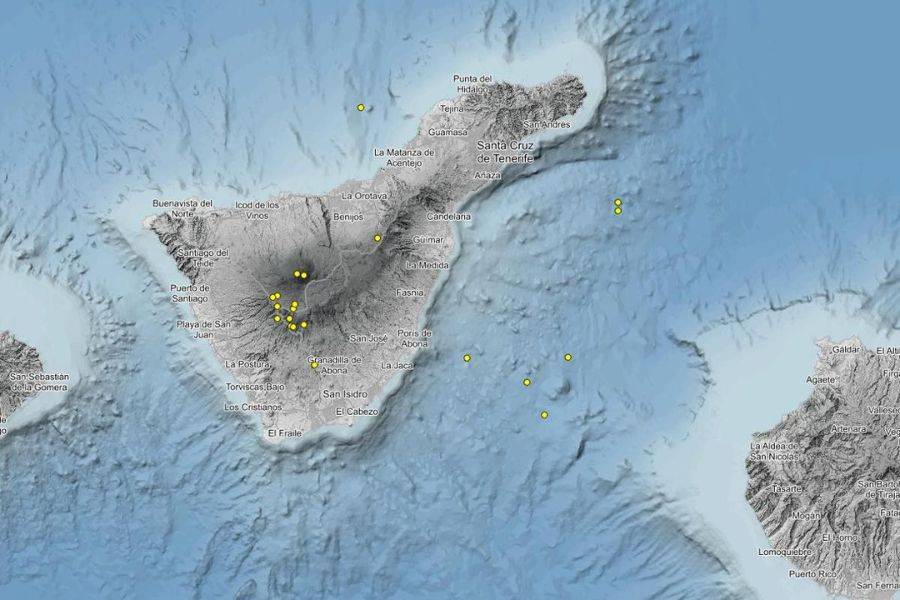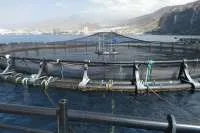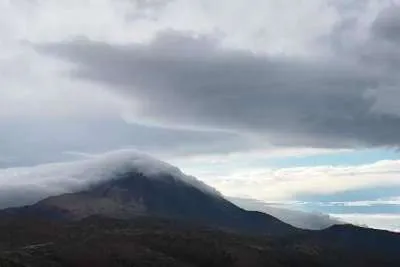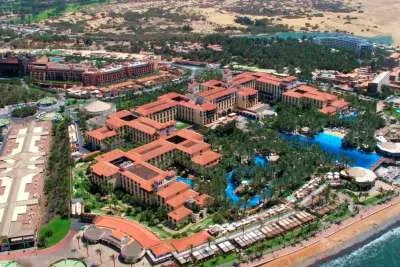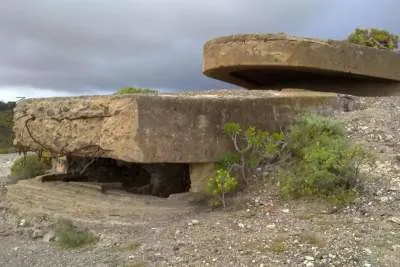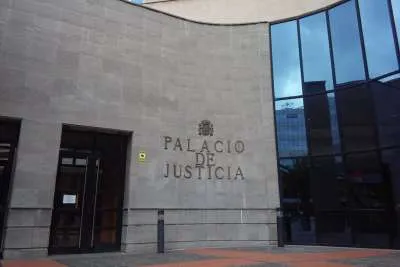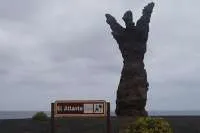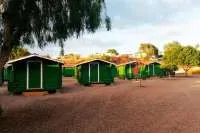Seismic swarm recorded at Vilaflor and San Miguel in southern Tenerife
- 11-07-2025
- Tenerife
- Canarian Weekly
- Photo Credit: IGN
A seismic swarm was recorded in the early hours of yesterday morning (Thursday) in the south of Tenerife, with the epicentres concentrated mainly around Vilaflor.
Nearby areas were also affected, including Guía de Isora and San Miguel de Abona.
According to the National Geographic Institute (IGN), a total of eleven small tremors were registered between 12:11am and 4:42am, with magnitudes ranging from 0.8 to 1.1 on the Richter scale.
All of the quakes occurred at shallow depths, between 0 and 13 kilometres below the surface. The strongest tremor, with a magnitude of 1.1, was recorded at 12:20am just north of Vilaflor. The deepest, at 13 kilometres, occurred at 1:04am.
These types of seismic swarms are considered relatively common in Tenerife, especially in zones close to Teide National Park, and are typically linked to the island’s volcanic dynamics.
The latest monitoring update from the Canary Islands’ volcanic surveillance programme, Guayotas, confirms that the volcanic alert level remains at green, indicating normal activity.
Significance of shallow earthquakes
A shallow earthquake occurring at depths between 0 and 13 kilometres is significant because it happens close to the Earth’s surface, where seismic waves have little distance to travel before reaching the ground. This means the energy does not dissipate much, so even moderate quakes can cause strong shaking and damage to buildings and infrastructure. Such shallow events are usually linked to tectonic activity along faults in the Earth’s brittle crust, where stresses accumulate and are released suddenly.
In volcanic regions, shallow tremors can also indicate magma movement or changes in geothermal systems, sometimes serving as early warnings of eruptions. Because of their proximity to the surface, shallow earthquakes generally pose a higher hazard to people and property than deeper ones of the same magnitude.
Other articles that may interest you...
Trending
Most Read Articles
Featured Videos
A Vision of Elvis Tenerife Promo
- 10-05-2025
Tenerife Travel Guide
- 13-12-2024
Live webcam from Lanzarote airport
- 13-12-2024


